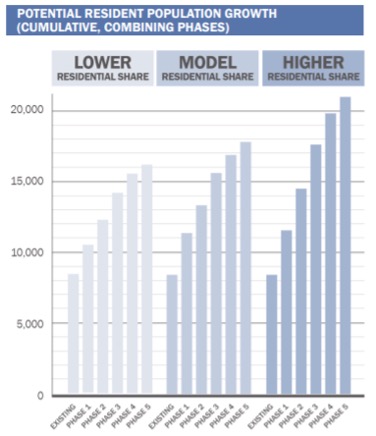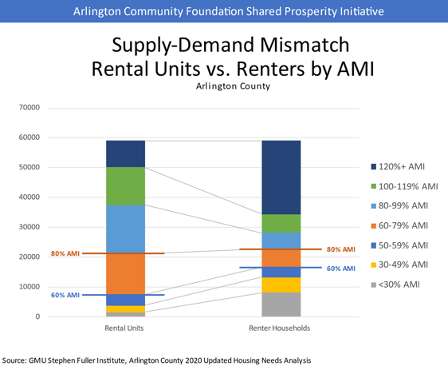 What’s Next with Nicole is a biweekly opinion column. The views expressed are solely the author’s.
What’s Next with Nicole is a biweekly opinion column. The views expressed are solely the author’s.
One of Arlington’s greatest assets is our highly educated population and range of knowledge in various policy topics. With my last column on ARLnow, I want to encourage you to pick something that you are passionate about in our community, and participate in our local government process. As a society, we would be better off with fewer keyboard warriors and more doers.
Commissions & Advisory Groups
Arlington has 50 commissions and advisory groups that are tasked with advising the County Board in their areas of interest. These groups also contribute to planning documents that shape how we operate. When people say things about how “the decision was already made” before it gets to the County Board for a vote, it is because dozens of commission and advisory group members have already given extensive public feedback prior to getting to the County Board for a vote. Meetings are typically once a month for 1-2 hours and you will have staff support for the logistics of getting things done.
Examples of commissions at work in the community: Phase 1 of the Draft Missing Middle Housing Study involved feedback from the Long Range Planning Committee, Commission on Aging, Climate Change, Energy and Environment Commission, Joint Facilities Advisory Commission, Forestry and Natural Resources Commission, Housing Commission and Transportation Commission.
Civic associations
Every neighborhood of Arlington is broken down into geographic areas that are represented by a civic association. Civic associations are your neighborhood advocates and organizers for everything from future development to dog parks to social gatherings.
Examples of civic associations at work in the community: A group of civic associations around National Landing created a coalition called “Livability 22202” to proactively propose land use ideas. This has been used as the foundational ethos for Pentagon City Planning.
Public comment on planning documents
Engage Arlington is a site with ongoing planning documents that are open for public comment. Check this website regularly to ensure you don’t miss an opportunity to have your voice heard in the future of Arlington County. Currently, comment is open for the Fiscal Year 2023 Operating Budget.
Additionally, sign up for Arlington’s newsletter that will regularly deliver updates about ongoing projects.
Volunteer with your local political party
To get policy done, you need to have elected officials that believe in your values. Local political parties make targeted investments in local, statewide and federal elections to enhance political candidates’ ability to win. After Trump’s 2016 win, I got extremely involved in Arlington Democrats, where I was sent to knock doors as conveniently as my neighborhood for local elections, and as far as Georgia to support Sen. Raphael Warnock or Norfolk, Virginia to support Rep. Elaine Luria in order to flip key districts blue as part of the Beyond Arlington program.
If there is a local candidate that you like, reach out to them on their website and sign up to volunteer, donate, or host a meet and greet. Local politics is a small world and the more you help candidates with the groundwork of getting elected, the more influence you are likely to have in the future.
Conclusion
Get involved early and often. Make your voice heard. With so many forums for involvement now being virtual, it is easier than ever to make a difference. If not you, then who? If not now, then when?
Nicole Merlene is an Arlington native and former candidate for Virginia State Senate. She has served as a leader in the community on the boards of the Arlington County Civic Federation and North Rosslyn Civic Association, as an Arlington Economic Development commissioner, in neighborhood transportation planning groups, and as a civic liaison to the Rosslyn Business Improvement District.





